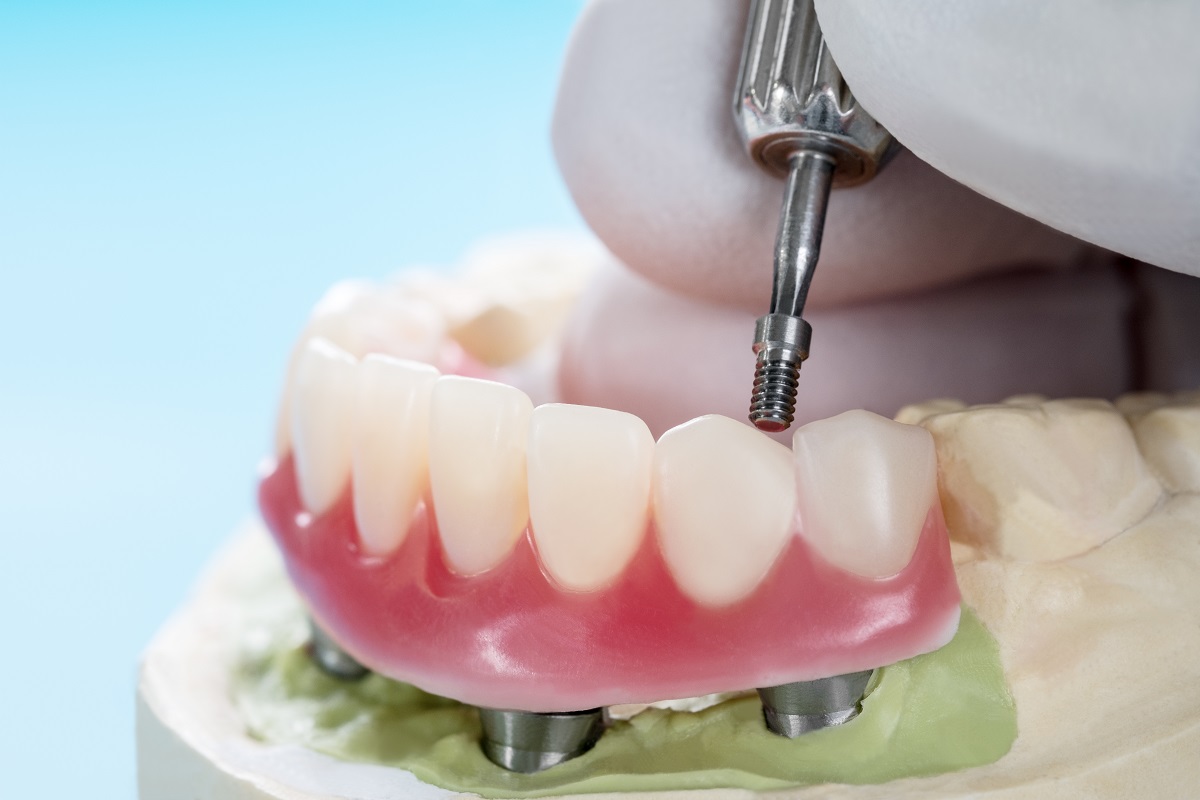Dental Bridge Vs Implants: Choosing The Best Option

Dental Bridge Vs Implants: Choosing The Best Option
What are the things to consider when choosing between a dental bridge vs an implant?
- How the treatment works
- Health condition and lifestyle
- Treatment procedure
- Recovery and aftercare
Missing teeth cause several health problems and appearance issues. You might have more difficulty chewing foods normally and your face will also change shape due to gum and jawbone recession. Other than that, the adjacent teeth might also shift towards the gap, resulting in a misaligned smile and future periodontal and TMJ problem. Fortunately, you can prevent these problems with long-term dental solutions! Keep on reading how to choose between dental bridge vs implant.
How The Treatment Works
Before you schedule a dental appointment, you might be wondering how a dental bridge and implant work. To help you understand, you can read the overview for each below:
Dental Bridge
In an event of a tooth loss, your dentist might recommend a dental bridge to get rid of the gap in your smile. A bridge is made up of two or more crowns for the teeth on either side of the gap. These two or more anchoring teeth are called abutment teeth with a false tooth/teeth in between. These false teeth are called pontics and can be made from zirconia, metal alloys, porcelain, or a combination of these materials. It is cemented in place so there is no surgery required.
Dental Implant
A dental implant is a screw that serves as an artificial tooth root that is placed in your gums and jawbone surgically. It holds your crown, bridge, or denture in place and provides the look of a natural tooth. The most common materials used are titanium alloy and zirconia
Health Condition and Lifestyle

Whether you have a single or multiple missing teeth, both a dental bridge and an implant are a great option. But if you’re looking for a practical solution for more than one consecutive missing tooth, you need to visit your dentist so they can give relevant advice applicable to your situation.
When you’re considering an implant, your dentist might inquire about your medical condition to ensure that you’re fit for surgery. For instance, if you have Diabetes, a bridge might be a better option for you because the aforementioned condition causes slow healing of wounds. Other than that, smoking might also affect the healing process of the dental implant. So if you’re a regular smoker, you should mention it during your consultation.
If you have periodontal disease or tooth decay, you and your doctor must first take steps to improve your gum health before your dental bridge or implant treatment.
Treatment Process
When it comes to the treatment process, both dental bridges and implants require multiple visits:
- Dental bridges take two to three dental appointments over a span of 10 days
- Dental implants require three to four trips in a three to six-month period
The treatment process for a dental bridge and an implant also differs:
Dental Bridge Treatment
The first part of the dental bridge procedure is teeth preparation. During this stage, your dentist will apply a local anesthesia to numb the teeth. Then your dentist will reduce the adjacent teeth that will hold the bridge in place. After that, your dentist will take an impression of your teeth and send it to the laboratory. Your dentist will put a temporary bridge until your permanent one is made.
On your next dental visit, your dentist will affix your permanent bridge using resin cement.
Dental Implant Treatment
In a dental implant procedure, your dentist will first make a cut in the area where the implant will be placed. After the opening is widened to a suitable size, the titanium implant will be inserted. The gums will be stitched to close the wound. After that, you will be given a temporary bridge during the healing period.
Recovery and Aftercare

The recovery time and aftercare activities for dental bridge
Dental Bridge Aftercare
After your dental bridge procedure, you might need to adjust a few days to get used to your new teeth. You might feel teeth sensitivity, mild discomfort, and change in bite feel but this will subside after the adjustment period.
To reduce these issues, it is recommended to avoid hot and cold food because they trigger sensitivity until you’ve adjusted to your bridge which takes about 2-4 weeks. You should also stay away from hard foods because these can put additional pressure on the bridge, cause discomfort, and may damage your bridge in the long run
For oral care, it is recommended to use a special kind of floss, which your dentist will instruct you how to use, for your bridge after every meal. Don’t forget to visit your dentist every six months for a cleaning and routine check-up.
Dental Implant Aftercare
The healing period for a dental implant is usually between six weeks to six months. During this time, the bone tissue will grow and fuse with the implant. Your doctor will advise you on the food that you can eat while your gums heal and prescribe you a medicated mouthwash which will make your gum healing faster.
After your healing period, your dentist will attach a post and a temporary crown to your implant. You will have to wait for the surrounding gum tissue to mature until a permanent restoration is fitted.
At home, you will need to brush and floss your teeth normally to maintain good oral health. For dental visits, you need to come back to your doctor every 4 months so they can clean around the posts on your implant.
Key Takeaway
A dental bridge and an implant are both treatments used to fill in missing teeth. But they differ in procedure duration, health requirements, and aftercare. The option you choose will depend on the number of teeth you need to replace, your basic oral health, and more.
If you want to get additional advice when choosing between a dental bridge vs an implant, you can visit one of Casipit Dental Groups branches in Metro Manila and Pangasinan! We have dentists that specialize in these procedures so you can get the best oral health care you need.












